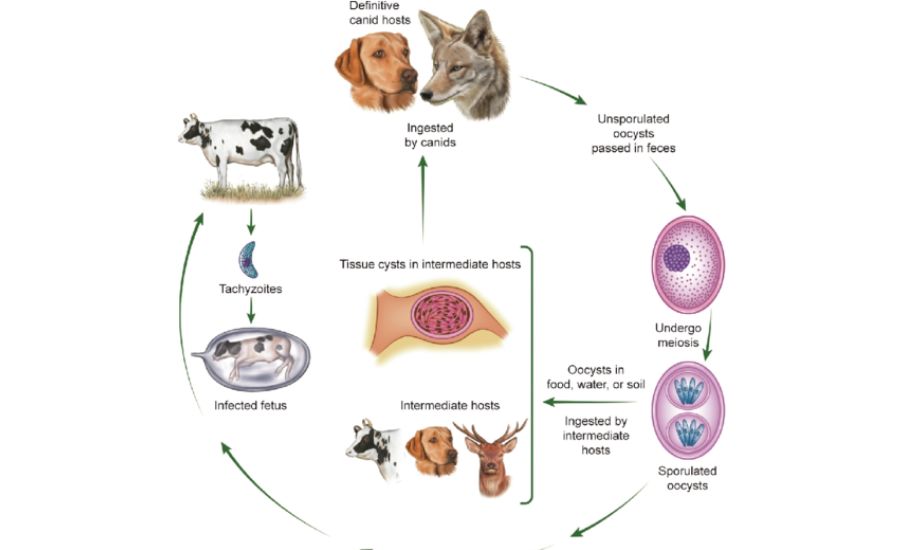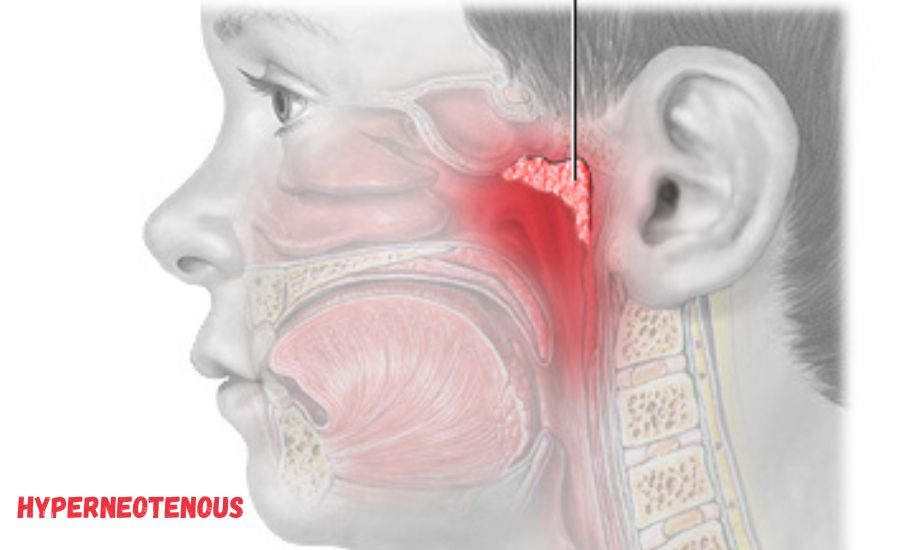Hyperneotenous is a fascinating word that describes a unique way of growing. It means that some animals, like certain frogs or fish, keep their baby features even when they become adults. This is interesting because it helps scientists learn how different creatures adapt to their environments.
This blog post will explore what hyper neotenous means, how it happens, and why it is essential. You might be surprised to see how this unique trait helps animals survive and thrive in their habitats. Let’s dive into the beautiful world of neotenous creatures!
What is Hyperneotenous?
Hyperneotenous is a unique term that describes a particular way some animals grow. This means these animals keep certain baby features even when growing up. For example, some frogs look like babies even when they are adults. This process helps scientists understand more about animal growth.
Many animals show hyper-notenous traits. These features can be exciting and help them survive in their environments. By keeping baby-like characteristics, they can adapt to different habitats. Understanding hyper-notenous traits is essential for scientists and animal lovers alike.
The Science Behind Hyperneotenous Growth

Hyperneotenous growth occurs due to changes in genes. These genes control how animals develop and change over time. In hyper-notenous animals, specific genes stay active longer than usual, allowing them to keep their young features.
Scientists study these genetic changes to learn about evolution. They want to see how animals adapt and survive. Researchers can find new ways to help endangered species by understanding the science behind hyper-notenous traits.
Examples of Hyperneotenous Animals
Many animals show hyper-notenous characteristics. One famous example is the axolotl, a type of salamander. This animal keeps its gills and other baby traits throughout its life. Other examples include certain frogs and fish, which also show similar characteristics.
These animals are exciting to study because they help us learn about growth and adaptation. By looking at these examples, we can see how hyper-notenous features help them live in their environments. Each creature has its own unique way of adapting.
How Hyperneotenous Traits Help Animals Survive
Hyperneotenous traits can be beneficial for survival. For instance, animals with baby features often have better chances of escaping predators. Their unique looks can make them less appealing to hungry animals.
Additionally, these traits can help them find food. Some hyper-notenous creatures can fit into small spaces, making hiding easier. This ability to adapt helps them thrive in different environments, showing the importance of their unique traits.
You Must Read: memory-loss
The Role of Hyperneotenous Features in Nature

Hyperneotenous features play a significant role in ecosystems. They help maintain balance in nature by allowing different species to coexist. Animals with unique traits can fill specific roles in their habitats.
This diversity is essential for the health of ecosystems. It ensures that various species can work together, providing food and shelter for each other. By studying hyper-notenous animals, scientists can learn more about the connections in nature.
Hyperneotenous vs. Other Growth Patterns
Hyperneotenous growth is just one-way animals can develop. Other growth patterns include complete metamorphosis, like butterflies, and gradual changes, like grasshoppers. Each pattern has its own advantages and challenges.
Comparing hyper-notenous traits to these other patterns shows how animals adapt differently. Some animals may benefit from changing their appearance drastically, while others thrive by keeping their baby features. This variety helps scientists understand the many paths of evolution.
Why Scientists Study Hyperneotenous Creatures
Scientists study hyper-notenous creatures to learn more about biology and evolution. By observing these animals, they can gather important information about growth and adaptation. This research helps them understand how species survive in changing environments.
Furthermore, studying these creatures can provide insights into conservation. Understanding the traits that help these animals survive can lead to better protection efforts. Scientists aim to preserve hyper-notenous species to maintain biodiversity.
The Fascinating Life Cycle of Hyperneotenous Animals

The life cycle of hyper-notenous animals is interesting to explore. Many of these creatures start as eggs and hatch into larvae that look like babies. As they grow, they often maintain their youthful features.
This unique life cycle can be fascinating to observe. It shows how these animals adapt and thrive, and watching their development can teach us the importance of different growth stages in nature.
How Hyperneotenous Adaptations Affect Ecosystems
Neotenous adaptations can significantly impact ecosystems. When certain species keep baby traits, it can change how they interact with other animals and plants. These changes can affect food chains and the overall balance of nature.
As these animals fill different roles, they contribute to the health of their habitats. Understanding these effects is essential for conserving ecosystems. Protecting hyper neotenous species helps maintain the delicate balance in nature.
Fun Facts About Hyperneotenous Species
Hyperneotenous species have some fun and surprising facts! For example, the axolotl can regenerate lost limbs, making it a fascinating creature. Additionally, some frogs can change colours while keeping their baby features.
These unique traits make hyper-notenous animals exciting to learn about. They remind us of the wonders of nature and how diverse life can be. Sharing these fun facts can help raise awareness about the importance of these species.
Hyperneotenous in Mythology and Folklore
Hyperneotenous traits often appear in mythology and folklore. Many cultures have stories about creatures that retain their youthfulness. These tales highlight the beauty and mystery of animals that keep baby-like features.
Such stories can inspire awe and respect for nature. They remind us of the connections between humans and animals. Exploring these myths helps us appreciate the diversity of life and the lessons it offers.
Future Research on Hyperneotenous Growth

Future research on hyperneotenous growth is exciting. Scientists are eager to explore how these traits can help with conservation efforts. They aim to understand the genetic basis of hyper-notenous characteristics to find new ways to protect these animals.
Additionally, studying neotenous creatures may reveal more about evolution and adaptation. As researchers learn more, they can share this knowledge with the world. The future holds many possibilities for understanding hyper-notenous growth and its significance in nature.
Conclusion
In conclusion, hyper-neotenous traits are unique features that help some animals keep their baby characteristics as they grow up. This unique way of growing can help them survive in their environments by improving their ability to hide from predators and find food. Learning about hyper-neotenous creatures helps us understand how animals adapt and thrive in nature.
Studying hyper-neotenous animals also teaches us the importance of protecting these unique species. By taking care of their habitats and understanding their roles in the ecosystem, we can help keep our planet healthy. Remember, every creature plays an integral part in nature, and hyper-neotenous animals remind us of the beauty and diversity of life!
You Must Read: Isaimini
FAQs
Q: What does hyper neotenous mean?
A: Hyperneotenous means that some animals keep their baby features even when they grow up.
Q: Can you give an example of a hyper-notenous animal?
A: Yes! The axolotl is a famous example of a hyper-notenous animal.
Q: Why is hyperneotenous growth vital?
A: Hyperneotenous growth helps animals adapt and survive in their environments.
Q: How does hyperneotenous growth happen?
A: It happens because specific genes stay active longer than usual, allowing animals to keep baby traits.
Q: Are hyper-notenous animals good for ecosystems?
A: Yes! They help maintain balance in ecosystems by filling specific roles.
Q: What do scientists learn by studying hyperneotenous creatures?
A: Scientists learn about evolution, adaptation, and how to protect endangered species.
Q: How can we help hyper-notenous animals?
A: We can help by protecting their habitats and raising awareness about their importance.
